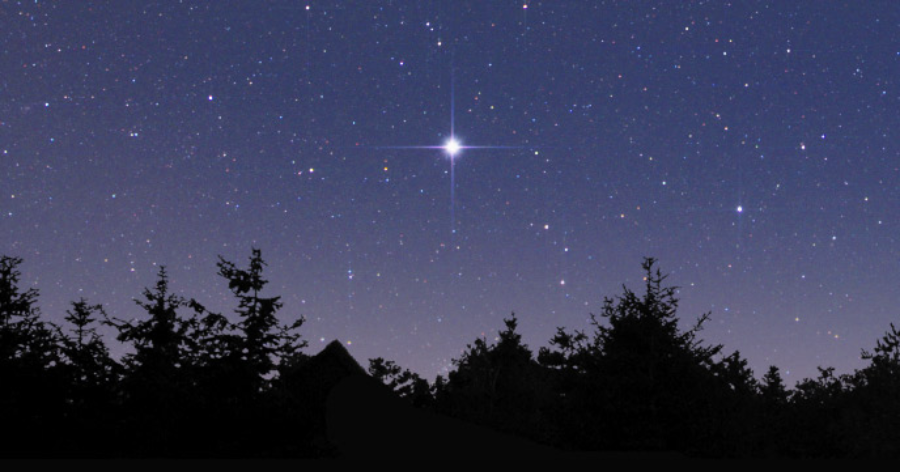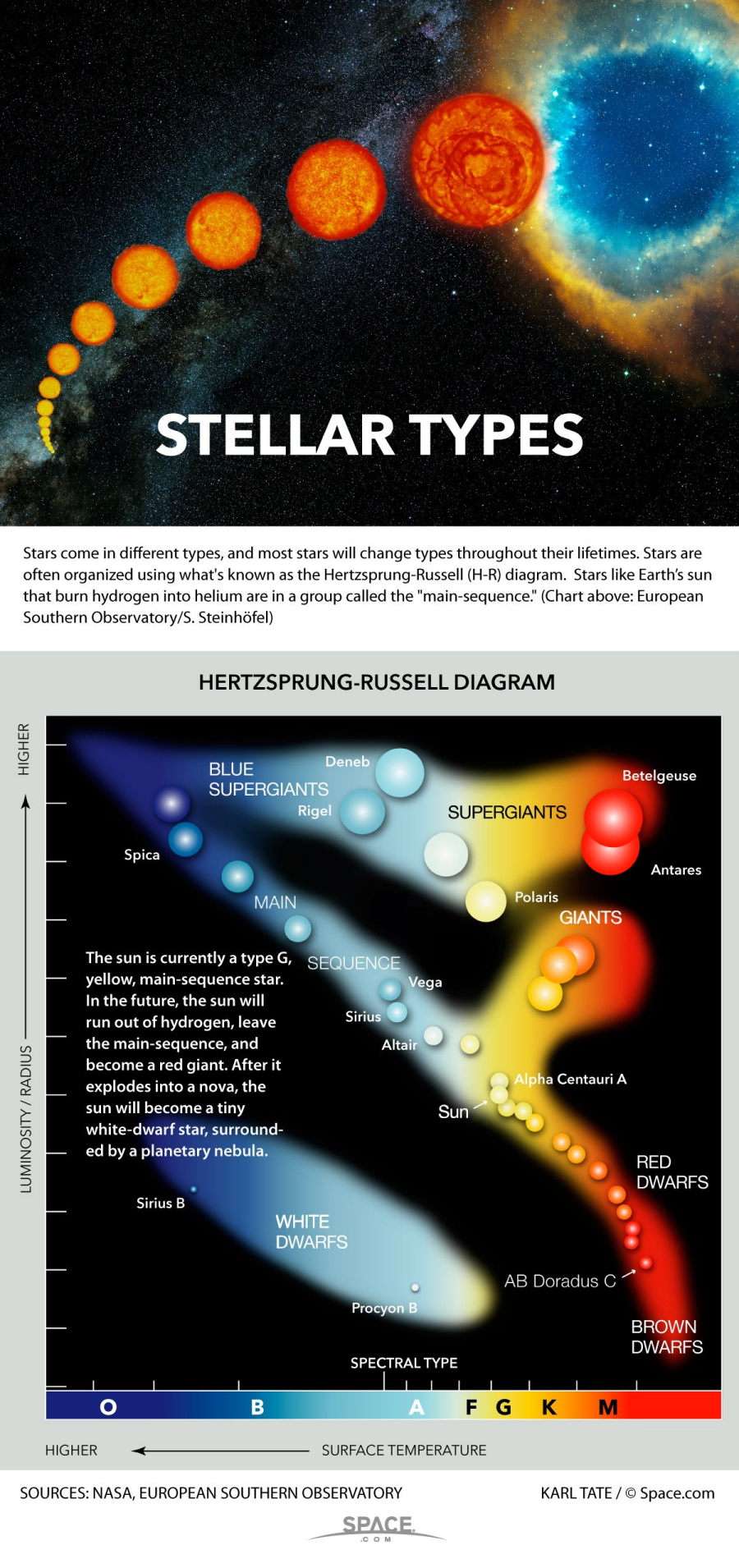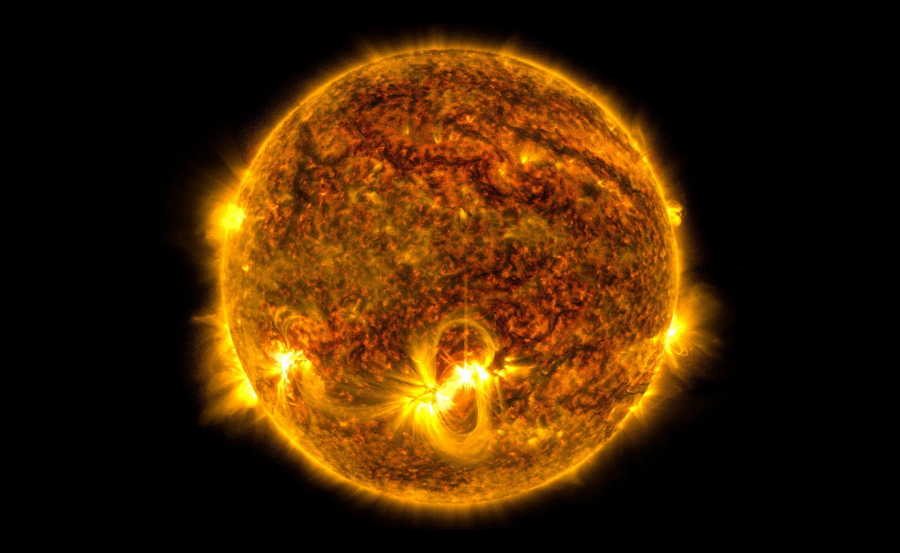

The Stars' Wonders Stars are enormous, bright balls of gas that illuminate the night sky and have enthralled people for ages. Star Types 1. Primary Sequence Stars, such as the Sun 2. The Red Giant Stars 3. Dim White Stars 4. Stars with neutrons 5. Life Cycle of Black Holes 1. Formation of Protostars 2. Primary Sequence Phase 3. The Red Giant Stage 4. Explosion of Supernovae 5. Neutron Star Remnant or White Dwarf Features of the Star 1. Brightness, or luminosity 2. Core and surface temperatures 3. Mass, or size and weight 4. Color (categorization by spectrum) 5. The distance (from Earth in light-years) Prominent Stars 1. The brightest star, Sirius 2. The red supergiant Betelgeuse 3. The star closest to Earth, Proxima Centauri 4. The most massive star, R136a1 5. The biggest known star, RW Cephei Theories of Star Formation 1. A nebular

Ancient Missions 1. Apollo 11: The first lunar landing (1969) 2. The majority of distant man-made objects, Voyager 1 & 2 (1977) 3. Pioneer 10 and 11 (1972): Initial flybys of Jupiter and Saturn 4. Mars Curiosity Rover (2012): since 2012, Mars has been explored 5. International Space Station: Mankind's ongoing presence since 1998 Latest Assignments 1. 2019's Artemis Program: Bringing People Back to the Moon 2. 2020's Perseverance Rover: Investigating the Jezero crater on Mars 3. Parker Solar Probe (2018): Investigating the atmosphere of the Sun 4. Europa Clipper (2024): Investigating the frozen moon of Jupiter 5. The next-generation space observatory, the James Webb Space Telescope (2021) Findings 1. The more than 4,000 known exoplanets 2. Waves of Gravitation (2015) 3. Mars's Water (2004) 4. Space-based organic compounds (2014) 5. Dark energy and matter (1998)

Space Organizations 1. ESA (Europe) 2. NASA (USA) 3. Russia's Roscosmos 4. China National Security Agency 5. India's ISRO Mars Exploration 1. Curiosity Rover from NASA (2012) found evidence of ancient rivers and lakes 2. NASA's 2020 Perseverance Rover: Looking for evidence of extinct life 3. ExoMars (2022) by the European Space Agency: Exploring Mars for Life 4. Returning Samples from Mars 2020 to Earth by 2026


Dark Matter and Black Holes 1. 2019's Event Horizon Telescope: Seeing black holes in images 2. Fermi Gamma-Ray Space Telescope, NASA, 2008: Dark matter mapping Private Area Partner SpaceX, led by Elon Musk 2. Bezos's Blue Origin Third, Virgin Galactic (Levi Branson) Space Exploration's Future 1. NASA's Artemis Program: Putting people back on the moon 2. NASA/ESA's Mars Sample Return: bringing samples from Mars back to Earth 3. NASA's Lunar Gateway: Creating a lunar outpost .The following details are for a single star: *Star: Sirius* *Name:* Alpha Canis Majoris, Sirius *Location:* Canis Major Constellation *Distance from Earth:* 8.6 light-years Main Sequence Star (A1 V) *Type:* Features 1. The night sky's brightest star 2. White and blue twinkles 3. The surface temperature is 18,000°F, or 9,900 K. 4. Mass: 2.1 times that of the sun 
Thank you for reading!
FOLLOW ME!


